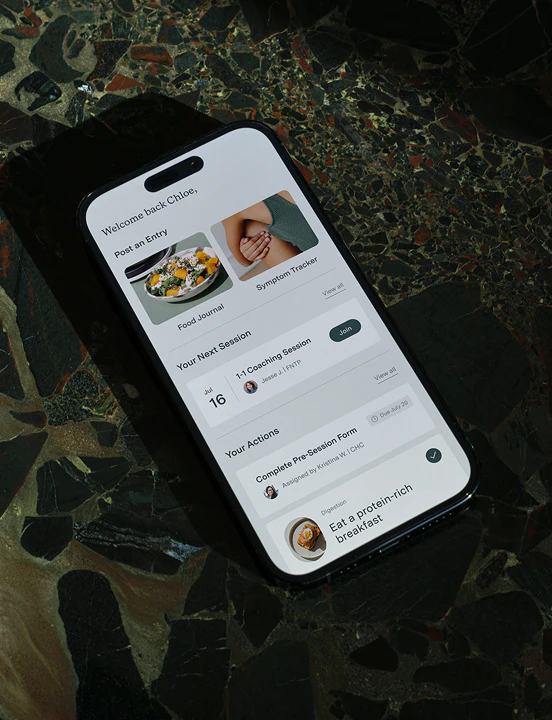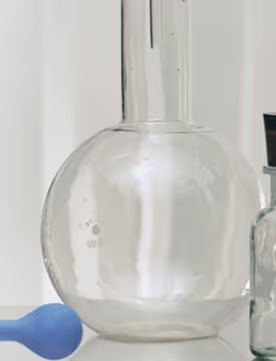In the US, the average life expectancy is 78 years. But there are a few places on the planet where living past 100 isn’t unusual at all.
In 2004, National Geographic journalist and explorer Dan Buettner embarked on an expedition to study these regions and their cultures in an effort to unearth their lifestyle keys to longevity. He rounded up a team of anthropologists, demographers, epidemiologists, and other researchers to travel across the world and interview hundreds of people who lived to 100 about their ways of living.
Buettner and his team analyzed the data and found that, despite geographical differences, these people were united by a set of healthy lifestyle habits. Two of the researchers, Gianni Pes and Michel Poulain, drew blue circles on the map highlighting these longevity hotspots—hence, the term Blue Zone was born.
The Blue Zones team has since made it their mission to collaborate with policymakers, local officials, businesses, and individuals to incorporate these principles into many communities across the US. The key here is environmental design — native Blue Zoners don't actively pursue long lives; rather health, happiness, and longevity are a byproduct of their environment.
Armed with this information, Buettner and his colleagues figured out how to engineer environments designed to promote longevity. Research has shown that individuals spend about 90% of their lives within 5 miles of their home, known as the “Life Radius.” Through their work thus far, the Blue Zones Project Communities have been able to reduce obesity rates and increase life expectancy for millions of Americans in 27 cities across the country.
In this article, we'll uncover the secrets behind the globe's centenarians, why you should find your ikigai (Japanese for “reason for being”), and how you don't necessarily have to travel to these far-flung places to add years to your life.
What Are the Blue Zones and Why Should I Care?
They're places with high rates of centenarians. Blue Zone is the non-scientific term granted to regions where people live exceptionally long lives. Researchers have identified these longevity hotspots as having the highest concentrations of centenarians in the world (fun fact: Okinawa happens to have one of the highest centenarian ratios in the world — about 6.5 in 10,000 people live to 100 compared to 1.73 in 10,000 in the U.S.). (Source)
There are 5 known zones located across the world. The five Blue Zones discovered by Buettner and his team include:
- Ikaria (Greece): Ikaria is an island in Greece that has the greatest adherence to the Mediterranean diet (including homegrown vegetables, olive oil, and red wine) in the world. A survey by the University of Athens found that compared to Americans over age 70, Ikarians have one-fifth the rate of dementia.
- Ogliastra Region, Sardinia (Italy): The highest concentration of male centenarians in the world can be found in the mountainous Ogliastra region of Sardinia. Many work as shepherds and enjoy clean air as well as lots of locally produced red wine, goat’s milk, and sheep’s cheese.
- Okinawa (Japan): Okinawa is home to the world’s oldest women, who form strong social networks and practice tai chi, a meditative form of exercise. Okinawans have no word in their language for retirement and stay active into old age.
- Nicoya Peninsula (Costa Rica): The Nicoya Peninsula of Costa Rica has the lowest rate of middle-age mortality in the world, with a diet based around beans and corn tortillas and elderly natives who continue working physical jobs.
- Loma Linda, California (USA): A community in Loma Linda, California has a large concentration of Seventh Day Adventists, many of whom follow vegetarian or vegan diets and live in tight-knit communities. (Source)
They live longer, better lives. It's not just about lifespan — people in Blue Zones tend to have improved quality of life into old age as well. Aging populations remain active well into their 80 and 90s and rarely suffer from the degenerative diseases common in the US and other industrialized countries (they have lower rates of chronic diseases including heart disease, diabetes, and cancer). (Source)
What Does the Research Show About Blue Zones?
Longevity can't be chalked up to just “good genes.” The Danish Twin Study looked at the self-reported health and number of hospitalizations amongst a group of over 3,000 twins and found that genes dictate only 20% of our longevity, which means that 80% is impacted by our lifestyle and environment. (Source)
Hilly terrain can be helpful. Research on Sardinian men specifically found that residing in mountainous areas, walking greater distances to work, and shepherding livestock are linked to their longevity. (Source)
Applying "Blue Zone" principles to other cities can be just as effective as living in one. In 2009, Buettner piloted his first "Blue Zones Project," a community health experiment that brought the best of the Blue Zones to Albert Lea, Minnesota. After making structural changes to the city (e.g., adding 10 miles of sidewalks and bike lanes for residents), in just one year, the cost of healthcare claims dropped by 49% and life expectancy increased by 2.9 years with residents making healthy choices. (Source)
So What Should I Do About the Blue Zones?
Follow the "Power 9"
Buettner and his team distilled the key findings into 9 evidence-based commonalities in lifestyle habits between the Blue Zones, deemed the "Power 9." These 9 pillars, outlined below, are tightly intertwined and interconnected. (Source)
Move naturally
Researchers found that movement was a routine part of daily life for the residents in Blue Zone communities. Moving naturally doesn't necessarily need to mean HIIT training or running a marathon either. You can incorporate daily activity by taking a walk, gardening, doing housework, or cooking. (Source)
Have a greater purpose
Know why you wake up in the morning — or as Okinawans and Nicoyans call it, your ikigai or plan de vida, respectively. Blue Zone natives have a clear sense of purpose, which motivates them in everyday life and is worth up to 7 years of additional life expectancy. (Source)
Decompress
Blue Zone citizens carve out time in their days for stress-relieving rituals — whether it's praying, napping, or enjoying a glass of wine. (Source)
Eat until you are 80% full
Okinawans follow this rule, known as hara hachi bu, and stop eating when they're mostly full to maintain their weight. They also eat their smallest meal of the day in the late afternoon or early evening and avoid eating too close to bedtime. (Source)
Prioritize plants
Blue Zoners tend to eat primarily plant-based diets — high in fresh produce and beans. On average, meat is only eaten five times per month and fish about twice a week in these pockets. Okinawans follow a practice of eating something from the land and the sea every day (favorites include bitter melons, tofu, garlic, brown rice, green tea, and shiitake mushrooms). (Source, Source)

.avif)
%20(1).avif)
%20(1).avif)

.avif)











.avif)

%2520(1).avif)


